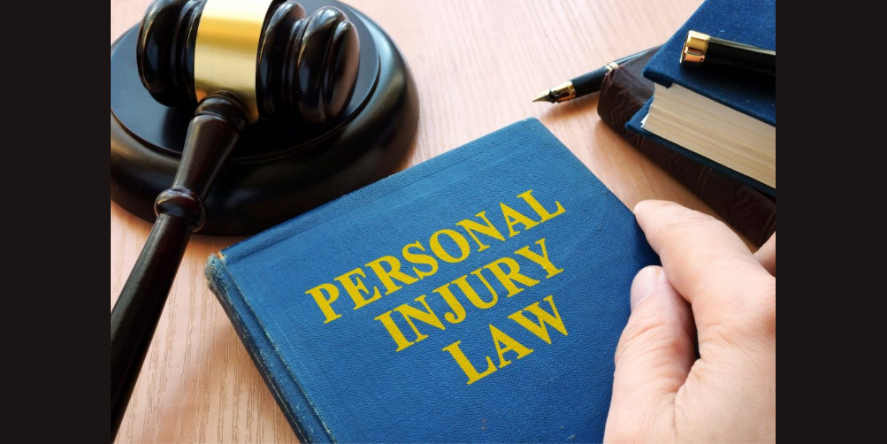When negligence leads to injury, personal injury claims offer a way to recover compensation for medical bills, lost wages, and pain and suffering. However, the presence of a pre-existing medical condition can raise concerns about the viability of a claim. While pre-existing conditions can introduce complexities, they don’t automatically derail your chances of receiving compensation.
This article will explore how pre-existing conditions can impact personal injury cases and offer strategies for navigating these challenges. When you get involved in an accident, seek immediate medical care.
What are Pre-Existing Medical Conditions?
A pre-existing medical condition is any medical issue you had before the accident that caused your injury. This can include chronic conditions like arthritis, diabetes, back pain, or even past injuries that haven’t fully healed. The key is that the condition existed and was documented medically prior to the accident.
The Challenge of Causation
In a personal injury case, the burden of proof lies with the plaintiff, the injured party. You must demonstrate that the defendant’s negligence caused your injuries. This becomes more intricate when you have a pre-existing condition. Insurance companies might argue that your current pain stems from a pre-existing issue, not the accident. Here’s why establishing causation can be difficult.
Distinguishing Between Old and New Injuries: Separating a pre-existing condition’s symptoms from those caused by the accident can be challenging. Medical records become crucial. Documented pre-accident limitations compared to your current condition can help establish a clear distinction.
Imagine someone with pre-existing back pain who experiences a car accident. If their medical history details ongoing back pain managed with physical therapy, but after the accident, they experience a new radiating pain down their leg requiring surgery, it strengthens the case that the accident caused a new injury.
Impact on Compensation
Pre-existing conditions can also affect the amount of compensation you receive. You cannot be compensated for pre-existing injuries. However, the law recognizes the “eggshell plaintiff rule.” This principle states that the defendant takes the victim as they find them. If your pre-existing condition made you more susceptible to a severe injury from the accident, the defendant can still be held liable for the full extent of your damages.
For instance, someone with a pre-existing knee injury might be more likely to suffer a torn ligament in a slip-and-fall accident. The eggshell plaintiff rule ensures the at-fault party is responsible for the full extent of the ligament tear, even though the pre-existing condition made the knee more vulnerable.
There are limitations to this rule. If the accident only minimally aggravated a pre-existing condition with minimal additional treatment needed, the compensation will likely reflect those limited damages. Imagine someone with mild pre-existing arthritis in their hand who suffers a minor wrist sprain in an accident. The compensation would only cover the treatment for the sprain, not the ongoing arthritis.
Mitigating the Impact of Pre-Existing Conditions
Despite the challenges, there are ways to strengthen your personal injury case when you have a pre-existing condition:
Strong Medical Documentation: Having comprehensive medical records documenting your pre-accident condition is crucial. These records should detail the condition’s nature, limitations it imposed, and any ongoing treatment. Post-accident records should detail the new injuries, their severity, and the additional treatment required. This clear timeline helps establish how the accident worsened your condition.
Working with a Personal Injury Lawyer: An experienced personal injury lawyer plays a vital role in navigating the complexities of a case with pre-existing conditions. They can:
- Gather and analyze your medical records to create a compelling case for causation.
- Utilize medical experts to explain how the accident aggravated your pre-existing condition.
- Negotiate with the insurance company to ensure you receive fair compensation for your additional pain and suffering, medical bills, and lost wages due to the accident.
Wrapping Up
While pre-existing conditions can make a personal injury case more complex, they don’t have to prevent you from getting the compensation you deserve. By understanding the challenges they present and taking proactive steps like gathering strong medical documentation, you can increase your chances of a successful outcome.










